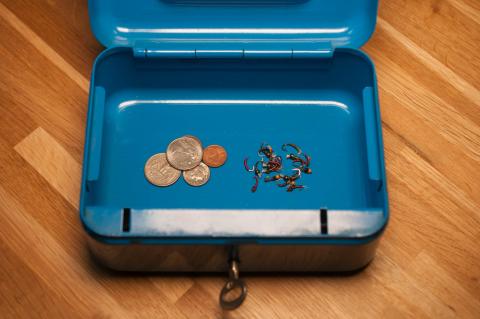Martin,
Here goes...
I came across the "Murmansk Munroe" while thumbing a copy of [i:bc5e3817b3]Trout & Salmon[/i:bc5e3817b3] by R. Valentine Atkinson (page 166). Its color, shape and materials make it a nearly perfect candidate for conversion to a Brook Trout streamer. And not much of a conversion - just a simple swap of the Salmon iron for a streamer hook.
Did some 'Googling'. Asked some questions. As far as I can tell, the Murmansk Munroe is a cousin of the Murmansk Killer which is itself a cousin of the Munroe Killer. (?)
Pics below for the Murmansk Killer, copied from the Mann book, and the 'highly convertable' Murmansk Munroe, copied from the Atkinson book.
With another 12 inches of snow to the ground in Maine today, there will be plenty of time to sort this one out...
Regards,
Craig White
- Log in to post comments

